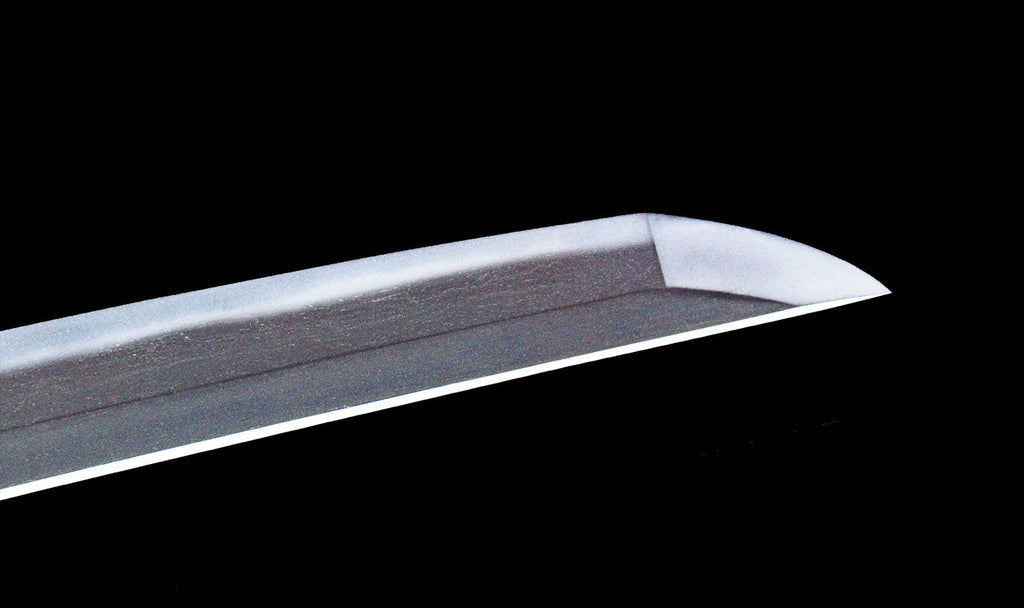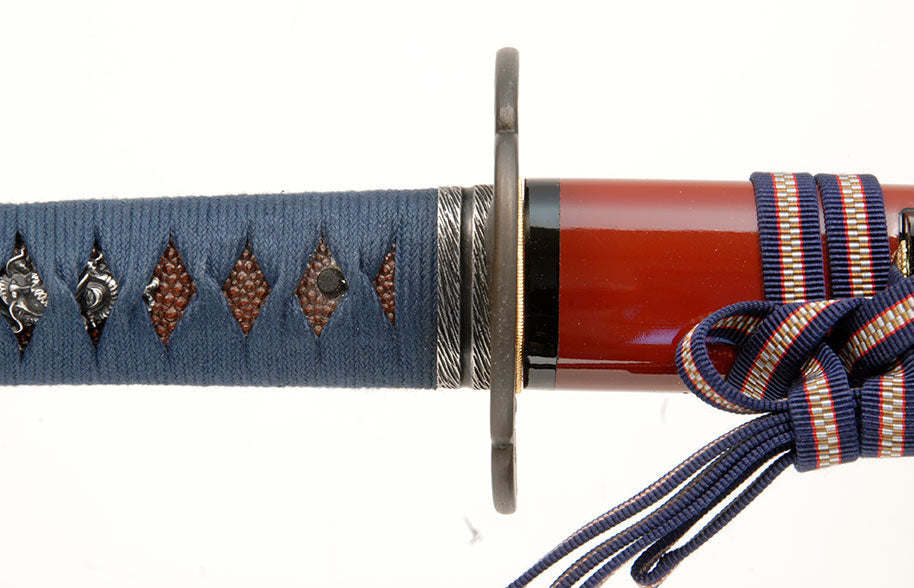 Even if you purchase the Japanese sword of your dreams, you may not be able to fully showcase the beauty of your Japanese sword unless you display it properly. In this article, we would like to explain the proper way...
Even if you purchase the Japanese sword of your dreams, you may not be able to fully showcase the beauty of your Japanese sword unless you display it properly. In this article, we would like to explain the proper way...
How to Properly Display and Store Your Sword
Aug 04, 2023
Filed under: antique, appreciation, bijutsutoken, gendaito, japanese sword, katana, maintenance, newly forged, samurai sword, shirasaya, tachi, tang, uchigatana



